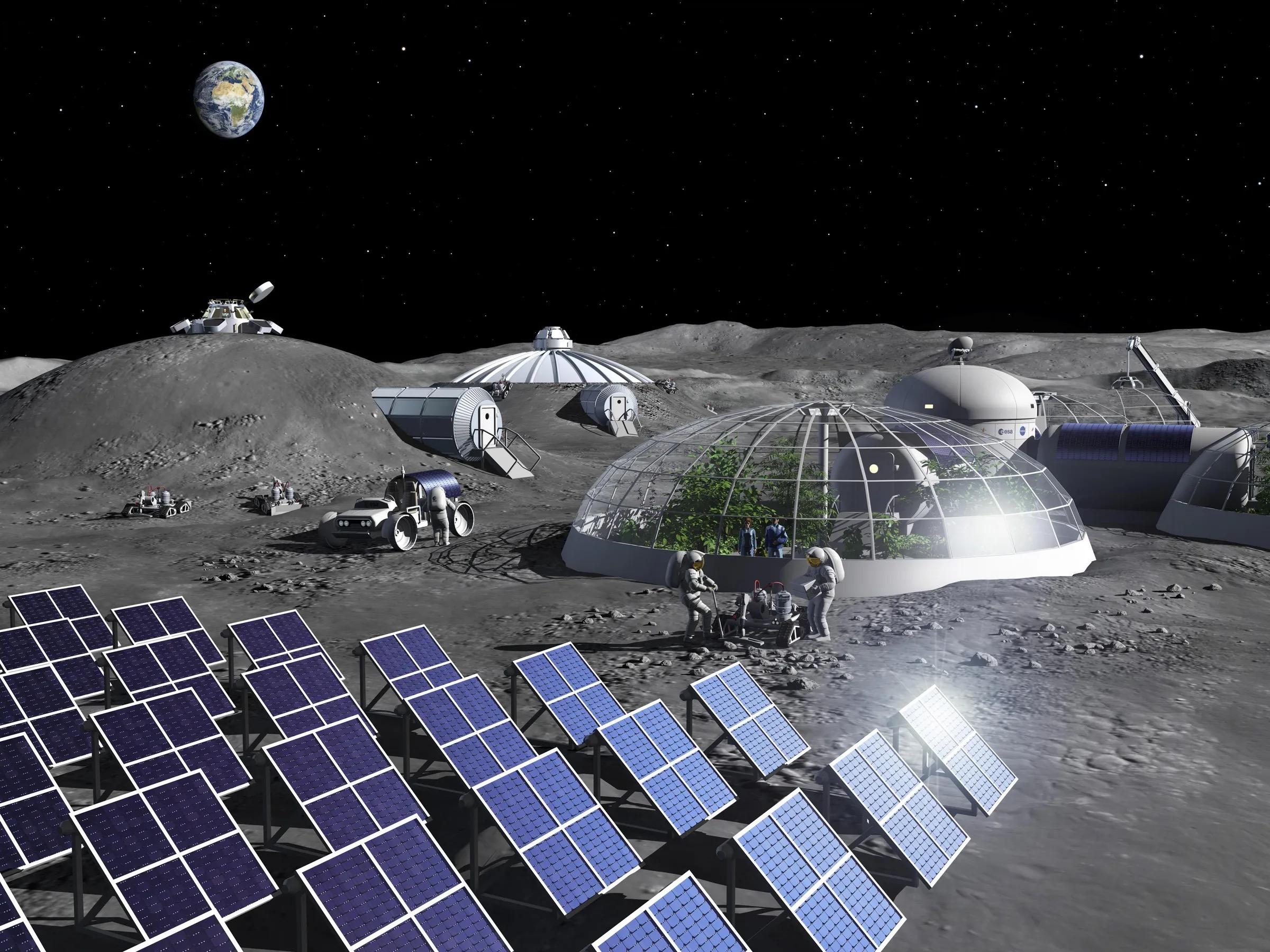

Yashas Khattar
Class of 2025San Jose, CA
About
High school student with a strong passion for physics, chemistry, and engineering. My goal is to apply my interdisciplinary skills to solve real-world engineering problems and make a positive impact on as many people as possible.Projects
- A Trade Study of Lunar Power Plant Technology with mentor Cody (Aug. 28, 2023)
Project Portfolio
A Trade Study of Lunar Power Plant Technology
Started May 23, 2023

Abstract or project description
With future plans to return to the Moon in the next few years over the course of the NASA Artemis missions, as well as other government and private ventures, it is critical to assess different power sources for a permanent lunar base. Here, we detail a power source with the lowest upfront and per-unit cost while remaining safe and reliable, assuming a lunar base on the rim of the Shackleton Crater on the South Pole, with a capacity of 8 astronauts, and a mission duration of ten years. Here, power sources are analytically assessed by assigning rankings for each power source based on these metrics, a common technique referred to as a design matrix. Ranked on a 0 to 10 scale for each power source, the five metrics used in this paper are: (1) total cost, (2) safety, (3) reliability, (4) technological readiness, and (5) miscellaneous factors like scalability. Analyzed power sources include conventional options such as solar panels with batteries or a nuclear fission reactor, developing solutions such as nuclear fusion, and unorthodox solutions such as laser beaming. Using this design matrix, mirrors in high, polar lunar orbit constantly reflecting sunlight onto a collector system below was found to be the best solution out of the analyzed power sources.